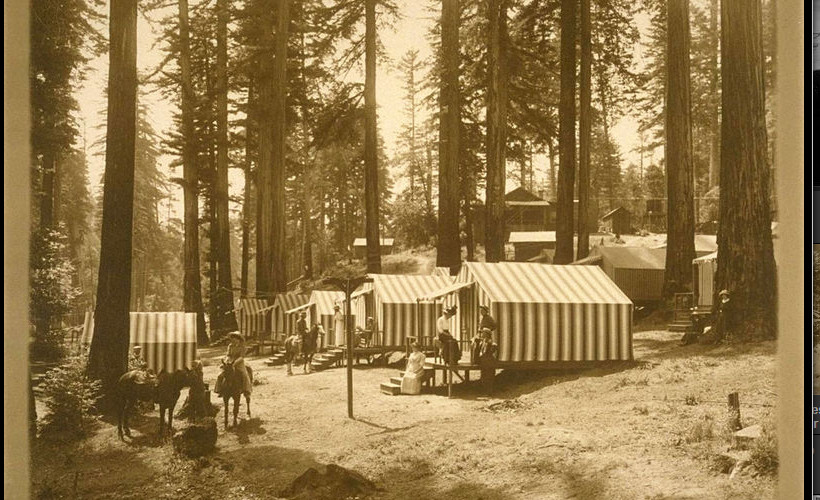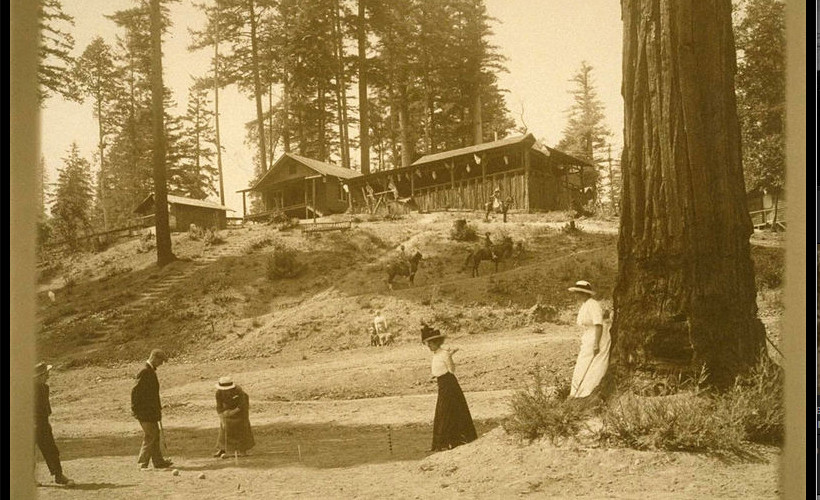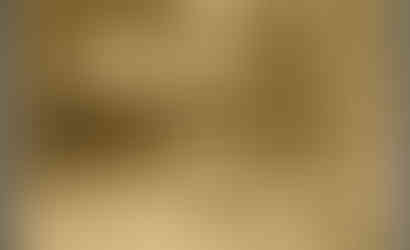The Scoop on Camp Coho
- T.J. Hendrix

- Mar 22, 2022
- 4 min read
Wondering about Camp Coho, looking for the summer camp's website, or wondering how to apply for the next summer sessions?
Well, Camp Coho - the setting for "The Pack, The Dare and The Draugar" - is based on a summer "glamping" resort for San Francisco's wealthy families between 1915 and the Great Stock Market Crash of 1929. It was named the Noyo River Tavern (and I'm guessing Resort) and you can see old photos of it on the Mendocino Coast Model Railroad & Historical Society. There's a great slideshow of photos on the page linked above. There are rows of large, neat canvas tents on raised wooden decks, as well as small log cabins with porches along a small stream. The well-dressed glampers enjoyed croquet, horseback riding, fishing on the Noyo River, trips to an apple orchard planted in the woods to entice buyers for land formerly logged by the Union Pacific Company. And of course the big dining hall with the stone fireplace and spacious covered porch watching over it all.
Noyo Tavern Resort, Circa 1916
But after the Crash of '29 turned into The Great Depression, the resort's visitors dried up. The Union Pacific CEO gave the Noyo & Tavern Resort to the Dominican Order of Catholic nuns. The nuns renamed it Camp St. Albert and in the 1930s used it as a summer camp for San Francisco orphan boys. (The nuns had been running an orphanage in Ukiah since the 1890s: The Albertinum.) During the 1940s and 1950s, the nuns expanded the Camp St. Albert summer camp to include poor and middle class boys from San Francisco. The aim was to get "city" kids out into the fresh air. There are still plenty of former boys around the San Francisco Bay Area who happily remember summer weeks spent at Camp St. Albert. The camp closed in the 1960s, as the Dominican Order faced a long list of needed maintenance to camp buildings, and no money to make the repairs. Camp St. Albert sat empty until it was sold to a private family in the 1970s. Your faithful author remembers it as it was in the 1960s and 70s, when she was a child on vacations at a family cabin in the woods nearby.
Today, most of the Camp St. Albert buildings are gone. Only the Infirmary - the nurse's cabin - and the old Dining Hall remain. OR: today, that's just all anyone can see when looking in from outside the camp, because powerful wards now hide everything inside. Because if it was really bought by the Guardians of the Redwoods in the 1970s, rebuilt and re-opened as Camp Coho - well, that's all the Guardians would want you to see. Right now (Spring 2022) I'm working on the next Camp Coho book. I've been writing it since last fall; it's coming along. While writing, I've discovered more about Camp Coho, and the boys AND GIRLS who've gone to camp there over the years. Making those discoveries is quite a magical process, and one of the most exciting things about writing. Here's what I've discovered so far:

The Camp Coho Alumni Association was established in 1925, four years after the camp opened. In its early years, it was known as Camp St. Guinefort. (Pronunciation: Gwin-eh-fort.)
The camp, however, has never been associated with any religious order. The original owners are believed to be a somewhat secretive private club in San Francisco, the Order of St. Flidais.
The Order named the property after a French Dog. Legend has it that the dog became a folk saint in France in the Middle Ages for his ferocious ability to protect children. It appears that early on, members of the Order of St. Flidais used the camp as a summer recreation spot for their families.
In 1920, the Order gifted the camp land to The Guardians of the Redwoods, an environmental conservation organization formed in 1907 in San Francisco.
Now, as in 1920, the Guardians of the Redwoods are dedicated to preserving "Old Growth" redwood forest and restoring areas previously logged. From the beginning, the nonprofit organization has raised money to purchase lands containing both Old Growth and previously logged redwood forest.
After the gift of land from the Order of St. Flidais, the Guardians of the Redwoods opened Camp St. Guinefort in 1921 as a summer camp for children from San Francisco and Oakland. The idea of exposing "city children" to nature was popular at the time, and remained so throughout the 20th Century.
Unfortunately, a wildfire struck the nearby area in the mid-1970s, destroying some of the camp buildings and focing closure of summer camp activities for roughly a decade. In 1985, The Guardians of the Redwoods once again opened the camp, and renamed the 2000-acre youth summer facility "Camp Coho."
The moniker reflects a species of fish, Coho Salmon, named by the area's original guardians, the indigenous Pomo people. The fish have managed to survive more than a century of change and still run in the Lost River, a symbol of nature's resilience.
Today, the mission of Camp Coho remains the same: to connect youth to the wonders of nature and the forest, and inspire future generations to become Guardians of the Redwoods. - (c)2022, T.J.Hendrix




























Comments